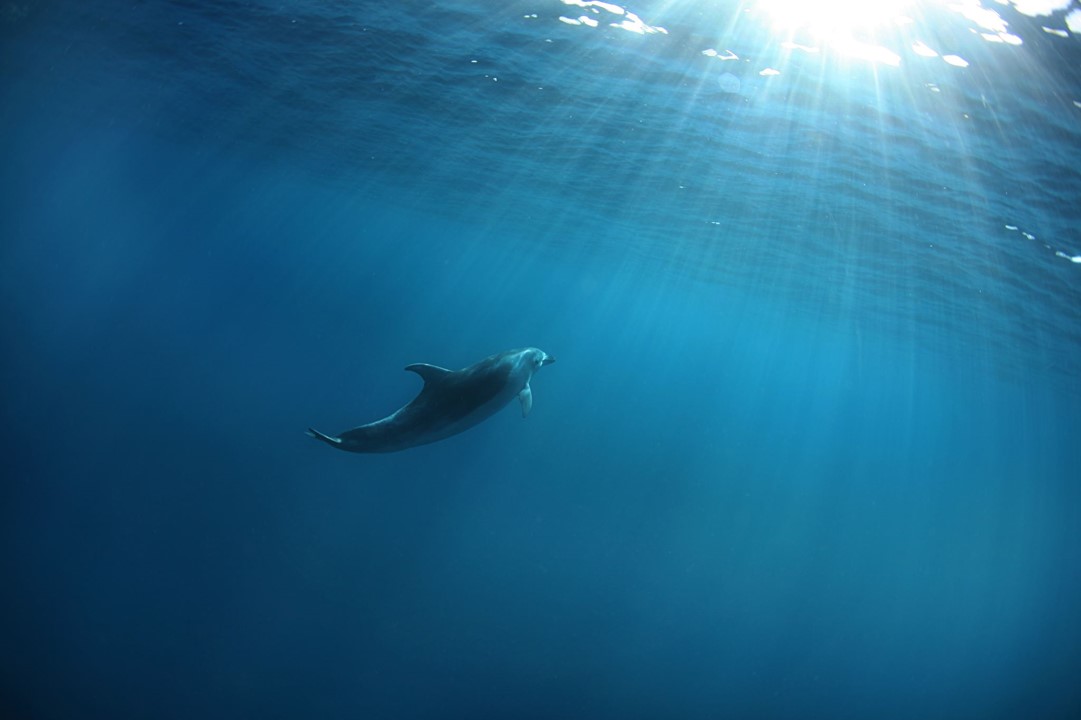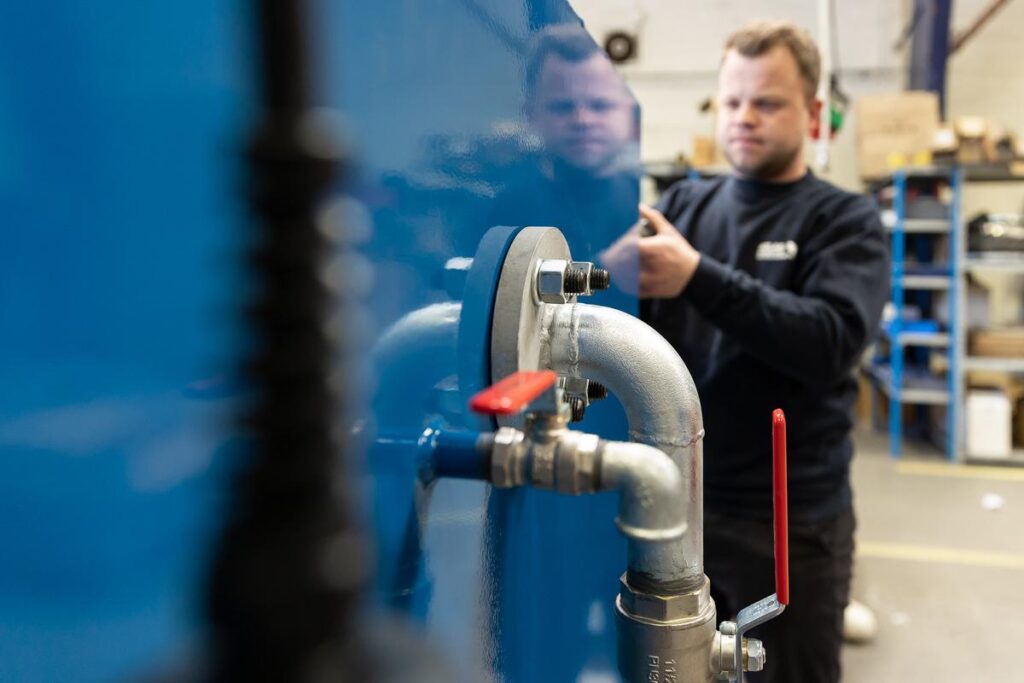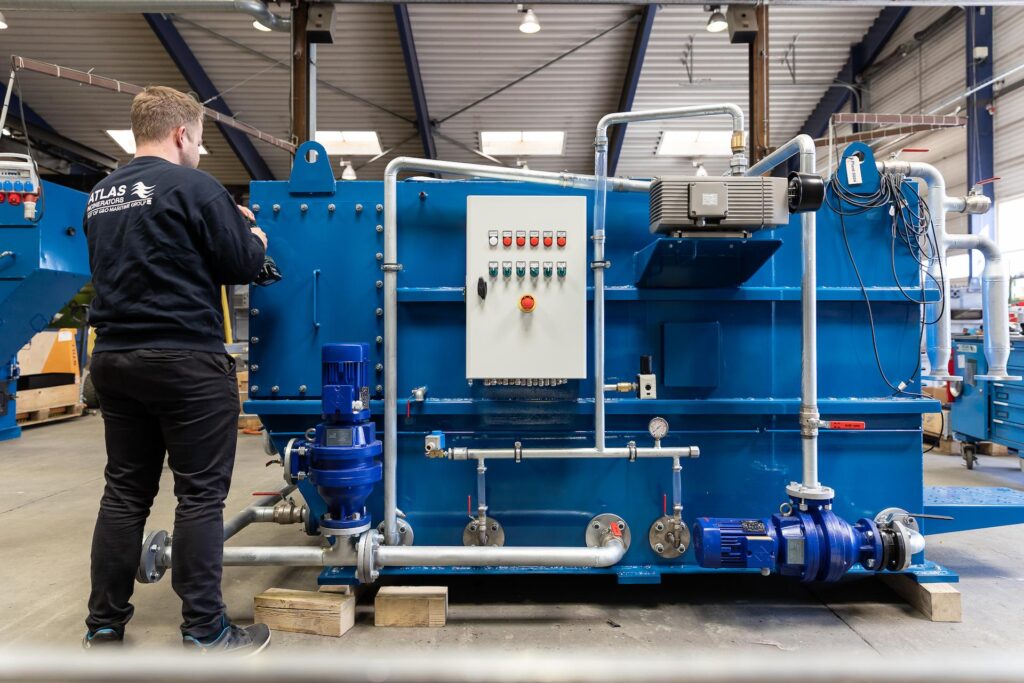
Biological Wastewater Treatment: Marine Sewage Management
Efficient and sustainable wastewater management is essential for the future of maritime operations. In this article, we explore how biological wastewater treatment processes help ships and offshore sites stay compliant while protecting the marine environment.
What is Biological Wastewater Treatment?
Biological wastewater treatment is a process that uses microorganisms to break down organic matter in sewage. This method is effective in removing contaminants from water, making it suitable for discharge into the environment.
The process of biological water treatment involves three primary stages:
1. Pre-treatment (Screening Phase)
Water is first screened to remove large particles and debris. This ensures smoother downstream flow and protects equipment from clogging. After screening, the water enters the biological treatment chamber.
2. Biological Degradation (Activated Sludge System)
Here, a community of microorganisms is introduced to the water. These microbes digest the organic material, converting it into harmless by-products such as carbon dioxide and water. This stage often takes place in an aerated sludge tank, where the environment supports optimal biological activity.
3. Clarification and Disinfection
Once the organic material is broken down, the mixture flows into a clarifier. This unit separates treated water from sludge (microorganisms and solids). Finally, the clarified water is disinfected using UV light or membrane filtration, eliminating pathogens like E. coli, without the use of hazardous chemicals.
This method is widely used in various industries, including municipal and industrial water treatment plants, as well as offshore and marine facilities.

Applications in Marine and Offshore Environments
In the maritime industry, biological wastewater treatment is crucial for managing grey and black water on ships and offshore platforms. These systems are designed to handle the unique challenges of marine environments, such as limited space and the need for compliance with international regulations like IMO MARPOL Annex IV.
Biological treatment systems can be tailored to fit specific vessel designs, ensuring efficient operation without compromising on performance.
| Feature | Biological Treatment | Chemical Treatment |
| Environmental Impact | Natural and eco-friendly | Risk of chemical spills |
| Maintenance | Lower – fewer moving parts and no dosing units | Higher – chemical handling and PLCs |
| Regulatory Risk | Reduced – no chemical imbalance alarms | Increased – risk of fines from misdosing |
| Operational Stability | Consistent, robust | Dependent on chemical supply and calibration |
What Makes a Good Biological Wastewater Treatment Plant?
An effective biological wastewater treatment plant should incorporate:
High-quality components: Ensuring durability and performance.
Modular design: Allowing for easy installation and scalability.
Robust support: Access to spare parts and technical assistance.
Regulatory compliance: Adherence to international standards and certifications.
By focusing on these aspects, operators can achieve long-term efficiency and sustainability in wastewater management.
Conclusion
Biological wastewater treatment is a sustainable and effective solution for managing sewage in marine and offshore environments. By leveraging natural processes, these systems offer environmental benefits, cost savings, and regulatory compliance.
For those seeking to enhance their wastewater management practices, exploring biological treatment options is a prudent step towards a cleaner and more sustainable future.
